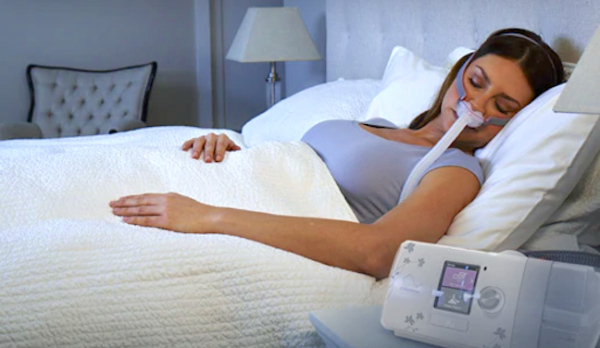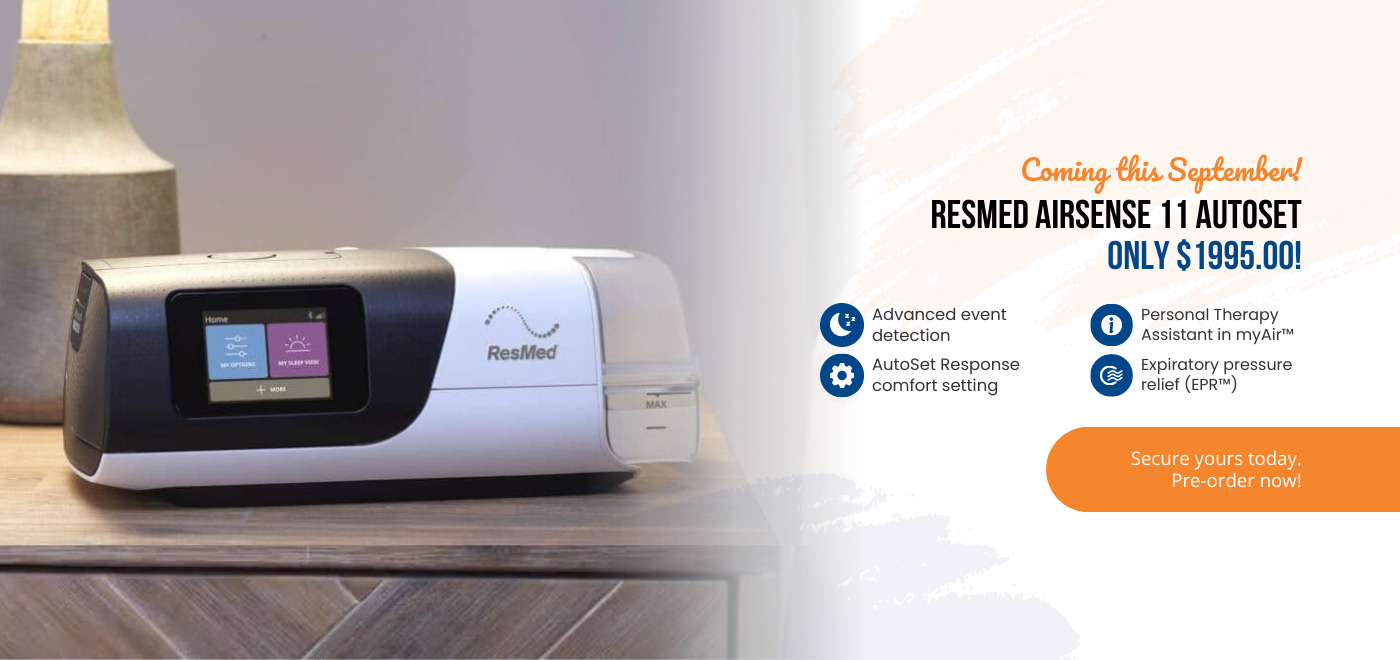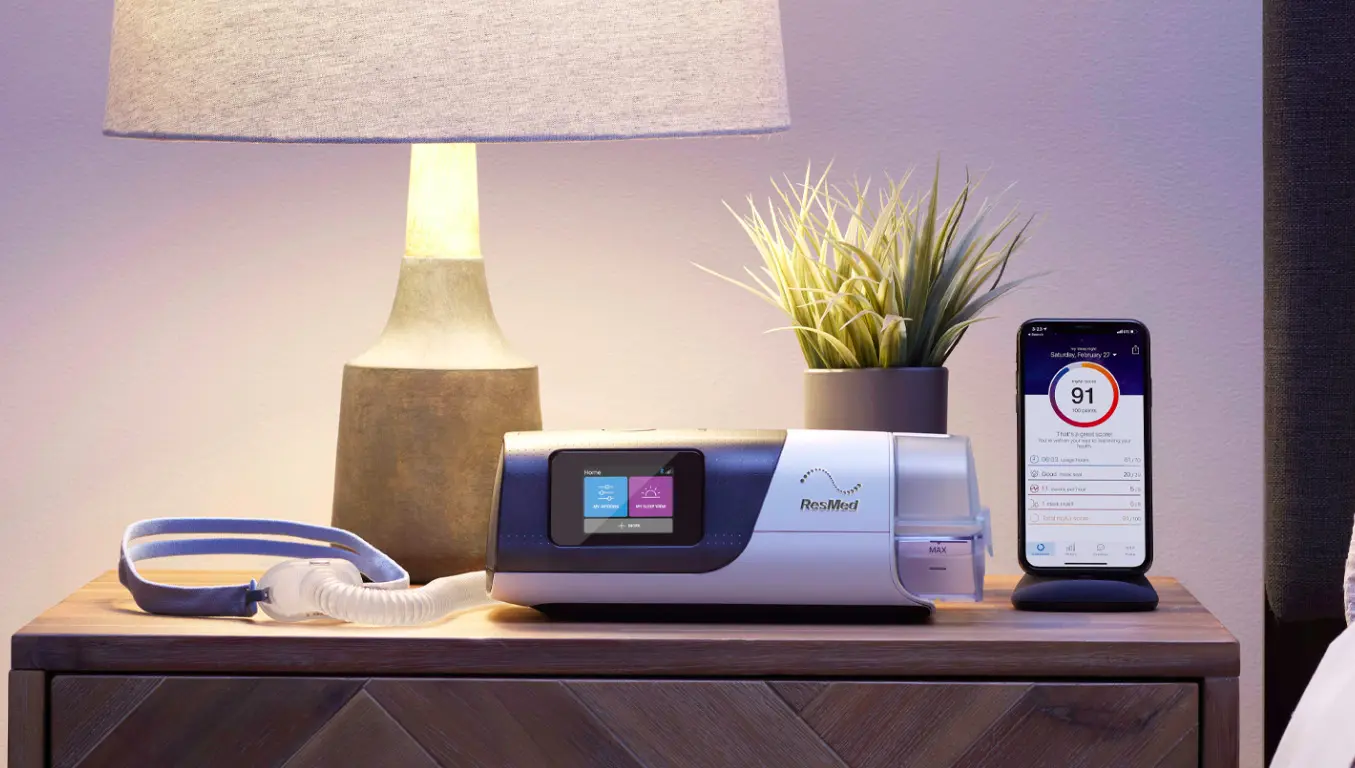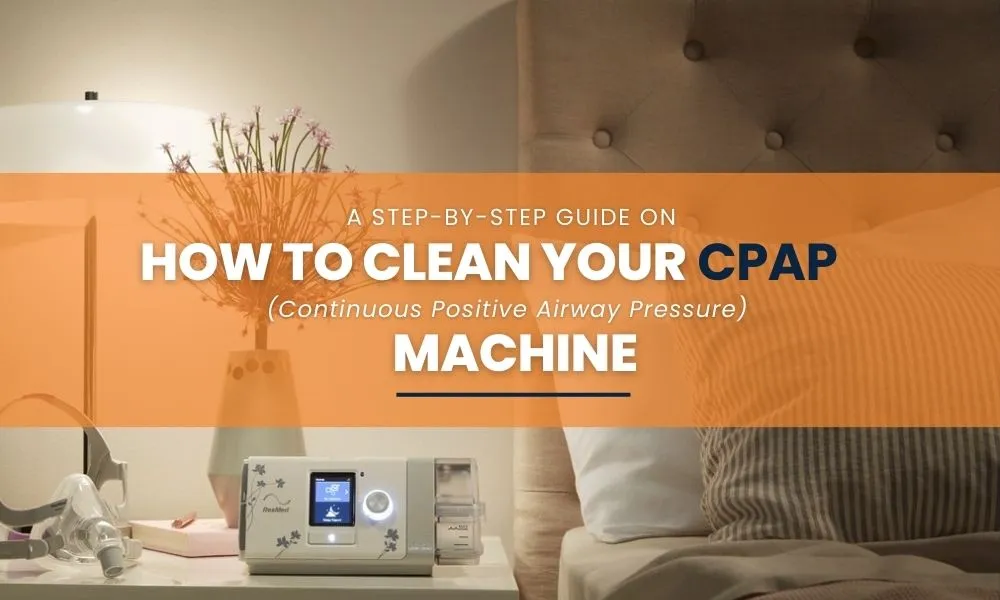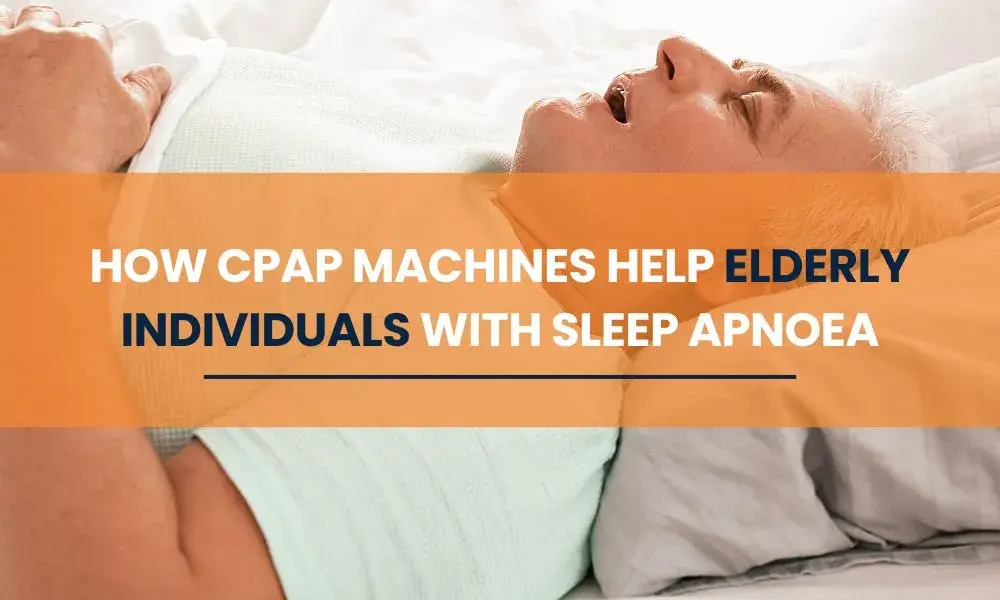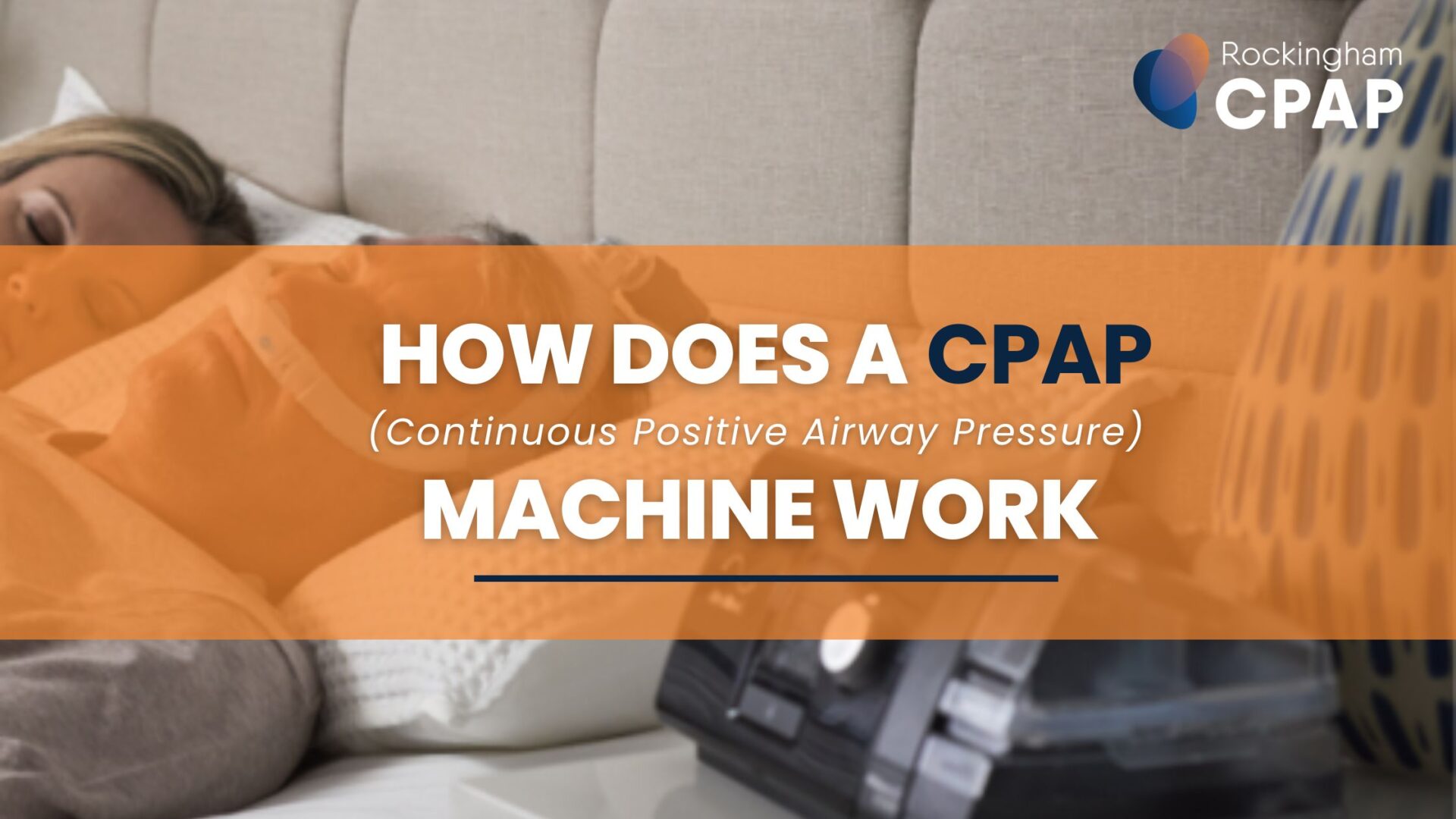
Picture this – you’re drifting into dreamland, only to be rudely interrupted by repeated pauses in breathing, snorts, and gasps. Not exactly the stuff of sweet dreams, right?
Sleep apnea doesn’t merely disrupt your sleep; it disrupts your waking life, too, causing fatigue, mood changes, confusion, and a host of potential health issues in the long term. This sleeping anomaly is notorious for its interruptions of our nightly repose, causing uncontrolled cessation of breath during sleep – a terrifying phenomenon that one ought not to underestimate.
That’s where CPAP (Continuous Positive Airway Pressure) therapy steps in. This therapy uses a CPAP machine to help people with sleep apnea breathe more easily and consistently every night, ensuring a restful sleep.
But how does this lifesaver, the CPAP machine, actually work?
The Working Mechanism of a CPAP Machine
When sleeping, the CPAP machine is your silent hero, battling sleep apnea’s disruptions to provide with undisturbed sleep. However, behind its quiet exterior, this device is a genius combination of sophistication and innovation. Let’s dissect its workings to understand how such a small piece of engineering can make such a significant impact on your sleep quality.
How a CPAP Machine Operates
To better understand the intricate mechanism of a CPAP machine, we shall examine each of its vital functions to grasp how it upholds the crucial continuous positive airway pressure needed for uninterrupted sleep.
Air Intake and Filtration
The air we breathe is an indispensable resource guiding us towards a good night’s sleep; however, it’s not always entirely clean or devoid of impurities. The CPAP machine first gathers the air from your surroundings and filters it through specially designed filters to eliminate any unwanted particles, such as dust or pollen. By doing this, the device ensures the air it delivers into your airways is as clean and safe as possible – a vital step in maintaining the efficacy of the treatment.
Air Compression and Pressurisation
Once the air is filtered, it is channelled into a compressor that pressurises the air to the necessary levels for maintaining an open airway. This step is crucial as it prevents the airway from collapsing during sleep, which is a primary cause of apnea episodes. CPAP machines typically allow users to adjust their pressure settings under the guidance of a healthcare professional, ensuring an optimal balance between comfort and therapy effectiveness.
Delivery of Continuous Positive Airway Pressure
Lastly, the newly pressurised air is delivered through a hose connected to your CPAP mask, which is carefully fitted to your face to create an adequate seal. As you breathe through the night, the CPAP machine consistently supplies a constant stream of pressurised air, preventing your airway from collapsing, ensuring unobstructed breathing, and ultimately paving the way for a night of rejuvenating sleep free from sleep apnea’s disturbances.
How CPAP Prevents Airway Collapse During Sleep
A critical part of understanding the CPAP machine’s effect is in knowing precisely how it prevents airways collapse, one of the primary culprits behind sleep apnea.
Splinting Effect on the Upper Airway
The concept of splinting, in the medical terms, usually refers to the use of an immobilising device to keep a part of the body steady, aiding in healing and recovery. Similar, yet not identical, the CPAP machine provides a form of ‘pneumatic splinting.’ The consistent positive pressure from the machine acts as an ‘air splint,’ supporting your upper airway’s soft tissues.
The ‘air splint’ prevents the muscles around your throat from collapsing inward, thereby keeping your airway open throughout your sleep. Just as a splint aids movement-restricted limbs, the ‘air splint’ granted by the CPAP ensures your breath moves unhindered, providing an optimal breathing pattern as you sleep.
Maintenance of Open Airway Passages
The CPAP machine’s ultimate goal is to ensure your air passages remain open and unobstructed throughout your sleep, regardless of sleep stage or position. It achieves this by providing a steady stream of pressurised air, an ‘air stent’, if you will, that counters any natural inclination your airway has to collapse under the varying pressures during sleep.
Constant airway passage maintenance results in fewer interruptions, decreased snoring, and better sleep. The ‘symphony’ of your breath remains uninterrupted throughout the night with the CPAP’s steady ‘conducting’.
By actively preventing airway collapse, the CPAP machine not only rectifies the symptoms of sleep apnea, but it significantly improves your sleep quality and by extension, your overall well-being.
Sleep and Live Better with Rockingham CPAP!
Sleep apnea is an unwelcome guest, but it doesn’t have to dictate the quality of your life or your nights. Unlock the key to undisturbed and rejuvenating sleep with CPAP machine that operates flawlessly, ensuring your airways remain open and your sleep, uninterrupted.
At Rockingham CPAP, we are dedicated to improving your quality of sleep and, in turn, your overall well-being. Don’t allow sleep apnea to hold your peaceful nights hostage; arm yourself with knowledge and utilise the benefits of CPAP therapy.
So, what are you waiting for? It’s time to take control of your sleep and transform your life. Choose Rockingham CPAP as your trusted partner on this journey to better sleep. Say goodbye to restless nights and hello to mornings filled with energy and vitality.
Ready to make a change? Contact us today and let’s embark on this sleep-improvement adventure together. Your well-rested future starts here!

